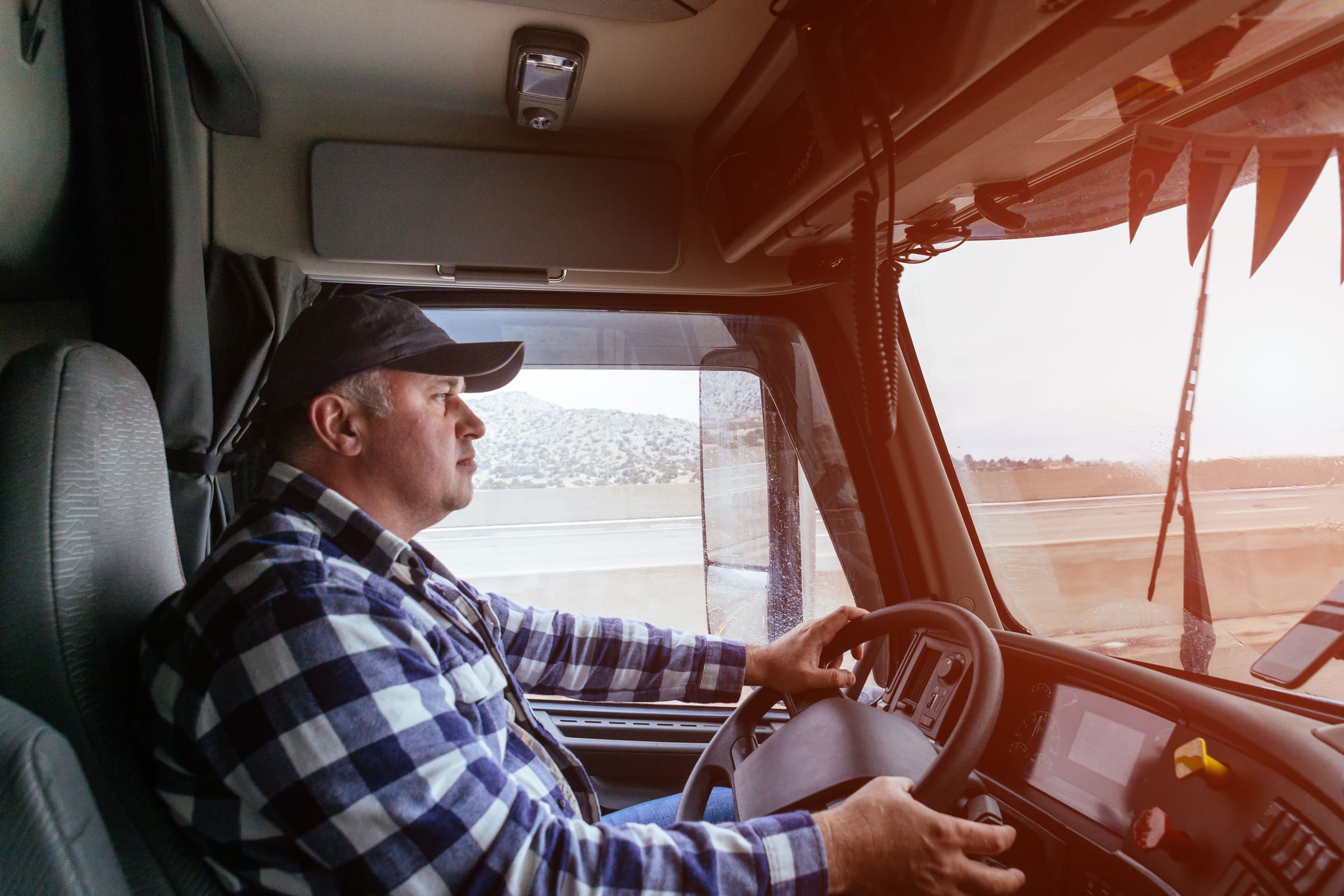The Essential 7 Driving Techniques

Truck drivers were asked to identify the driving skills they felt were most effective in preventing crashes. They agreed on the Essential 7 Driving Techniques. Read the information below and ask yourself how you can improve your driving style using these techniques.
AVOID DISTRACTIONS
![]() Distracted driving involves any activity (including illness and fatigue) that diverts your attention away from driving.
Distracted driving involves any activity (including illness and fatigue) that diverts your attention away from driving.
BEST PRACTICES: While driving, do not use mobile devices, eat or drink, daydream, etc. Make quick glances to mirrors. Get plenty of rest. If driving, avoid medications that can cause drowsiness.
OBSERVE PROPER SPEED FOR CONDITIONS
![]() Adjust your speed based on the environment, such as traffic volume, snow, rain, road construction, etc.
Adjust your speed based on the environment, such as traffic volume, snow, rain, road construction, etc.
BEST PRACTICES: Reduce speed by at least 2-3 mph below the flow of traffic, not to exceed the posted speed limit. If conditions are unsafe to drive in, pull over until it is safe to continue.
MAINTAIN PROPER FOLLOWING DISTANCE
![]() Trucks need more distance to stop than passenger vehicles need. Creating more space between the truck and vehicles ahead gives you more time to perceive and react to hazards.
Trucks need more distance to stop than passenger vehicles need. Creating more space between the truck and vehicles ahead gives you more time to perceive and react to hazards.
BEST PRACTICES: Keep a minimum of six seconds behind the vehicle ahead and add one second more for each additional hazard present.
BE ATTENTIVE TO THE ROAD AHEAD
![]() Traffic ahead can slow or stop abruptly; or a hazard may present itself unexpectedly, like a deer running across the road, requiring you to react suddenly.
Traffic ahead can slow or stop abruptly; or a hazard may present itself unexpectedly, like a deer running across the road, requiring you to react suddenly.
BEST PRACTICES: Be prepared to stop suddenly. Watch for traffic slowing or stopping ahead, then get off the accelerator immediately and apply controlled braking.
REACT PROPERLY TO HAZARDS
![]() Each hazard you encounter is unique, and the proper reaction can range from adjusting your speed and increasing following distance to pulling over until it is safe to continue driving.
Each hazard you encounter is unique, and the proper reaction can range from adjusting your speed and increasing following distance to pulling over until it is safe to continue driving.
BEST PRACTICES: A proper reaction to a hazard shouldn’t put other drivers at risk. Be alert. Recognize the hazard. Know the defense.
YIELD THE RIGHT OF WAY
![]() Forcing your vehicle into another driver’s lane, blocking oncoming traffic, or preventing merging traffic from entering are examples of failing to yield the right of way.
Forcing your vehicle into another driver’s lane, blocking oncoming traffic, or preventing merging traffic from entering are examples of failing to yield the right of way.
BEST PRACTICES: Remember to drive defensively. Even if you have the right of way, yielding to other drivers may be necessary to prevent a crash.
MAINTAIN ONE LANE
![]() Avoid frequent lane changes and stay in one lane as much as possible.
Avoid frequent lane changes and stay in one lane as much as possible.
BEST PRACTICES: Before changing lanes, make sure it is safe and legal to do so. Use the mirrors and “Lean and Look” method to ensure the adjacent lane is clear, activate the turn signal, and then move over gradually.
Note: These lists are not intended to be all-inclusive.
The information in this article is provided as a courtesy of Great West Casualty Company and is part of the Value-Driven® Company program. Value-Driven Company was created to help educate and inform insureds so they can make better decisions, build a culture that values safety, and manage risk more effectively. To see what additional resources Great West Casualty Company can provide for its insureds, please contact your safety representative, or click below to find an agent.
© Great West Casualty Company 2019. The material in this publication is the property of Great West Casualty Company unless otherwise noted and may not be reproduced without its written consent by any person other than a current insured of Great West Casualty Company for business purposes. Insured should attribute use as follows: “© Great West Casualty Company 2019. Used with permission by Great West Casualty Company.”
This material is intended to be a broad overview of the subject matter and is provided for informational purposes only. Great West Casualty Company does not provide legal advice to its insureds, nor does it advise insureds on employment-related issues. Therefore, the subject matter is not intended to serve as legal or employment advice for any issue(s) that may arise in the operations of its insureds. Legal advice should always be sought from the insured’s legal counsel. Great West Casualty Company shall have neither liability nor responsibility to any person or entity with respect to any loss, action, or inaction alleged to be caused directly or indirectly as a result of the information contained herein.




